It’s time to face the facts, everything we consume isn’t going to last forever.
10 Foods That Might Go Extinct During Our Lifetime

Every living and non-living organism on earth is finite—meaning, nothing is going to last forever. Pair that with climate change and other shifts in environmental patterns, science tells us that some of the fruits, vegetables and meat we consume will become extinct within our lifetime. While it’s an unsettling topic, it’s important to be aware of these issues, in order to prepare ourselves for the future—and be aware of how we affect the environment around us.
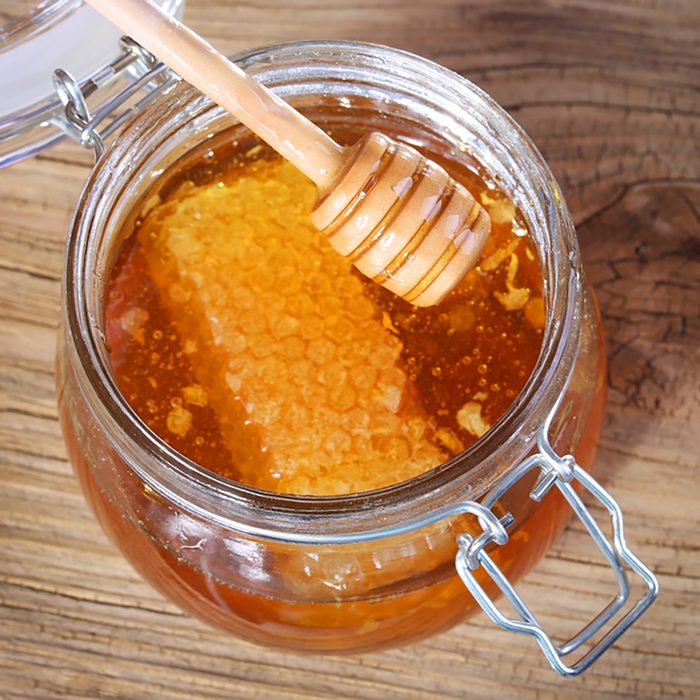
Honey
Due in part to climate change and what biologists refer to as colony collapse disorder, honey bee populations are suffering significant losses. Between 2015—2016, 5,000 honey bee keepers in the United States reportedly lost 44 percent of their colonies, according to Vice. Scientists say honey bee populations are being decimated by pathogens, pesticides and climate change. As the world’s bee population continues to decline, so will honey production.

Chocolate
If you haven’t started stockpiling chocolate yet, it might be a good idea to start. Currently, climate change is threatening West African regions where the cacao plant grows naturally. In 2017, researchers estimated it could take less than 40 years for cacao to go extinct. To combat this catastrophe, the Mars Company and researchers from the Innovative Genomics Institute at UC Berkeley in California are working to develop a cacao plant that would be able to grow in changing environments.

Avocado
Let’s face it, avocados have quite a ubiquitous presence in our diets. However, it takes a lot of water to produce it. Considering the majority of the nation’s avocados are grown in California and Mexico, places plagued by long droughts, avocado production might slow down significantly if dry conditions persist. Though conditions have gotten better within the past year, the threat of another critical drought is still a concern.

Coffee
If you wake up to a nice, warm cup of coffee every morning, then you might want to sit down, because the coffee industry is facing hard times. In 2016, a study from the Climate Institute suggested that if climates shift more than two degrees Celsius, rainfall patterns could change so drastically that more than half of the world’s coffee production regions would be environmentally unsuitable for coffee to grow.
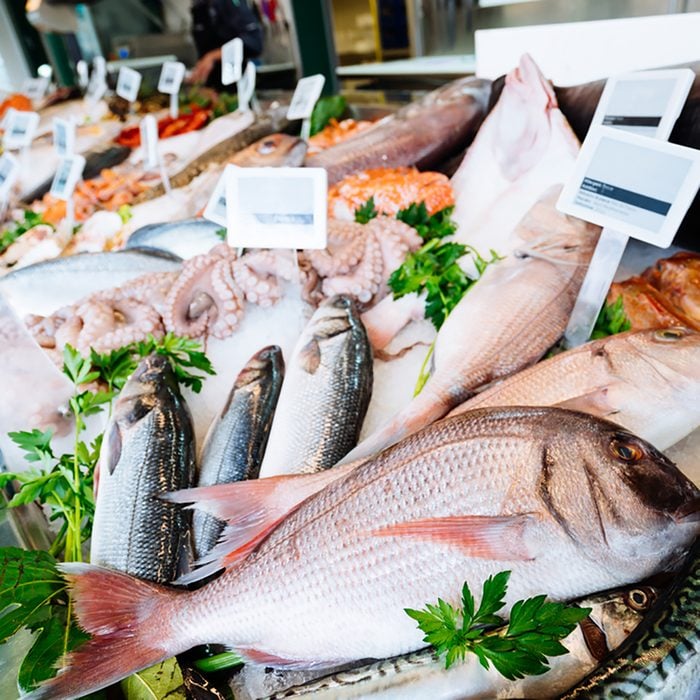
Seafood
In 2006, CBS News reported that an environmental study lead by an international team of ecologists and economists predicted that the world’s oceans would be void of fish by 2048. Due to decades of overfishing, water pollution and climate change, this is just one of the unintended consequences that could affect a global population of food sources.

Salmon
In 2017, researchers the University of California, Davis released a grim report regarding the future of West Coast salmon populations. California is home to more than 30 different species of salmon—more than 20 are in danger of becoming extinct within the next century due to habitat degradation, warming water conditions and overfishing.
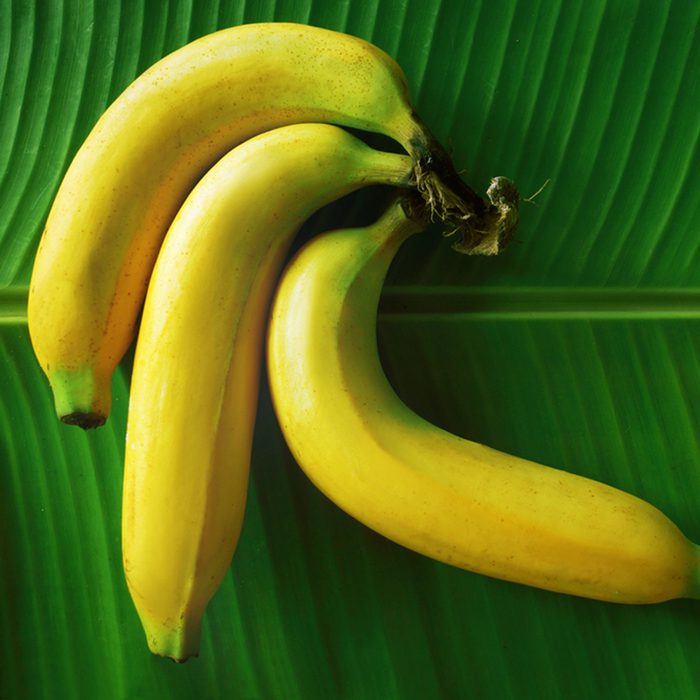
Bananas
Bananas are already a pretty sensitive fruit. However, there’s a fungal condition, known as Panama Disease, that has decimated nearly all of the banana plantations in Central and South America in the 1950s. The disease attacks the roots of banana trees and suffocates the fruit. very little is known about the disease. Today, a new type of “Panama” fungus still affects banana plantations across the globe and could cause severe devastation agriculturally and economically.
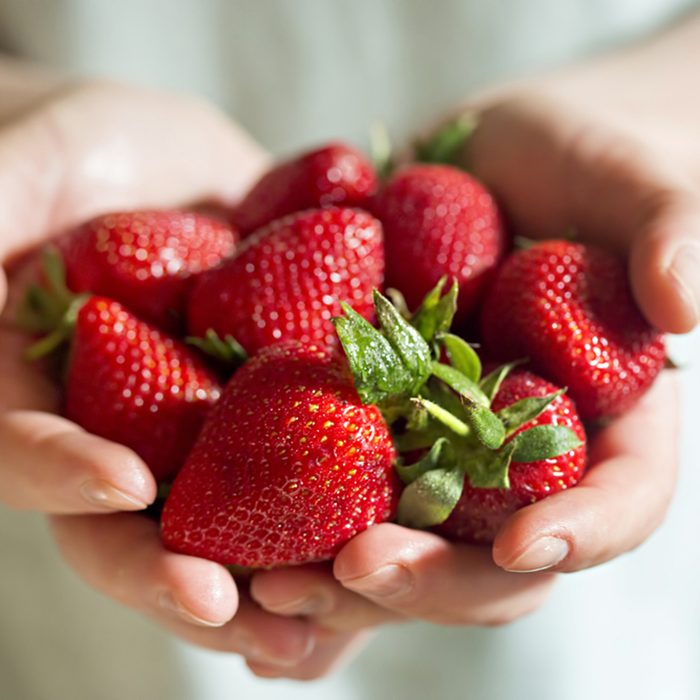
Strawberries
Increasingly warmer climates are changing the way crops are cultivated across the globe. For example, strawberries, a fruit that relies on cooler weather for the most ideal harvest conditions, are being affected. When crops are exposed to warmer climates, the flowering process is shortened, giving farmers less of a robust yield.
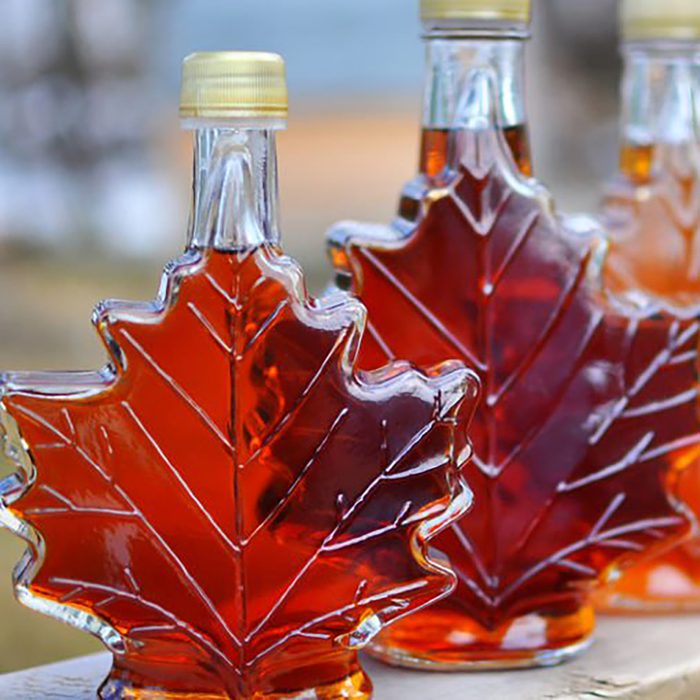
Maple Syrup
You might want to spare every last drop of syrup you have. Warmer conditions are creating a shorter sapping season—for example, the sapping or “tapping” season is primarily between February and April, when the temperature is above freezing during the day, and below freezing at night. Due to the shortening for the sapping season, trees are unable to produce the volume of sugary sap needed for syrup production. If temperatures keep rising, the maple syrup industry could eventually dry up.

Peanuts
While peanut butter and jelly sandwiches are one of the most popular snacks in America, drought and climate change is hampering the production of peanuts. Peanuts are grown in very specific conditions, any change in weather will disturb the plant’s natural growth cycle. Considering the changing climates across the globe, climate experts estimate that peanuts could potentially become extinct by 2030. Peanuts require massive amounts of water to grow, but as more areas suffer from decades of drought and no rainfall, peanut production will fall and eventually dry up.